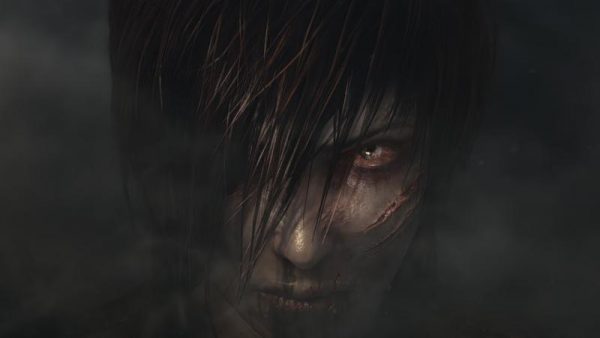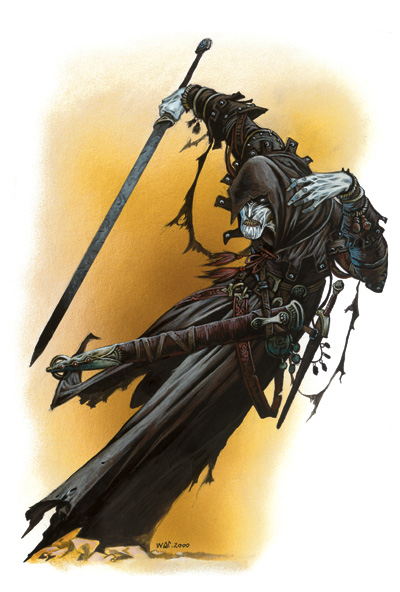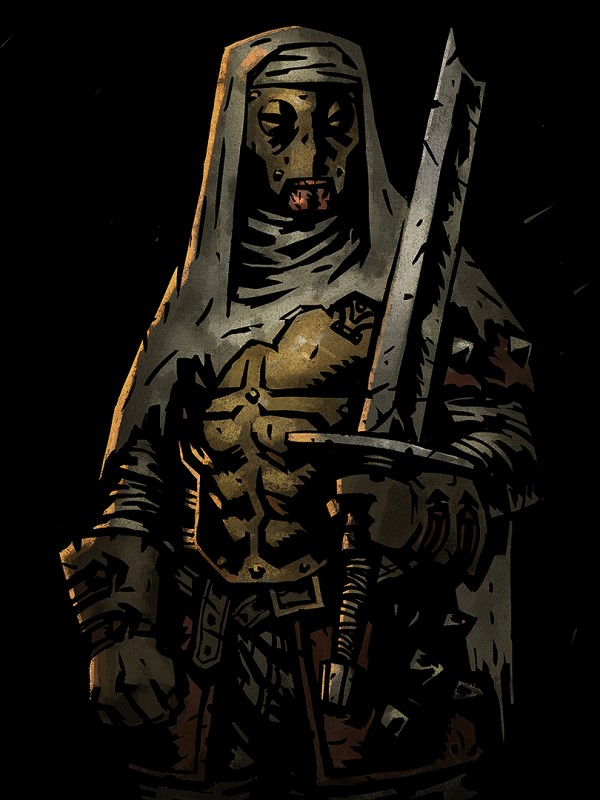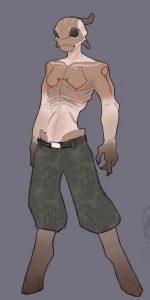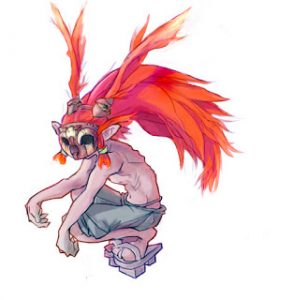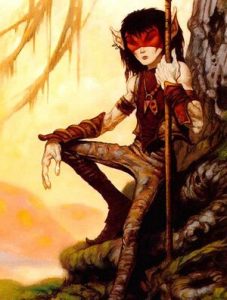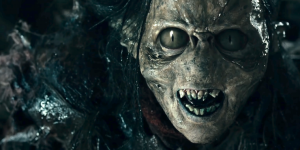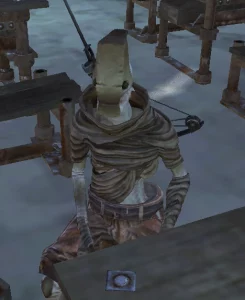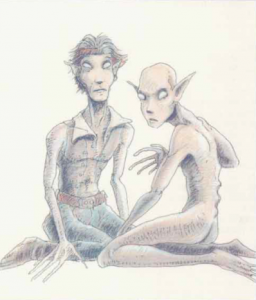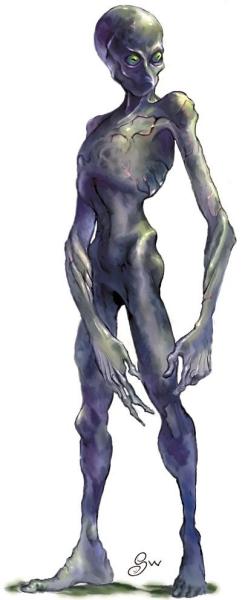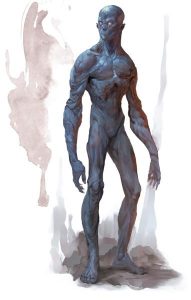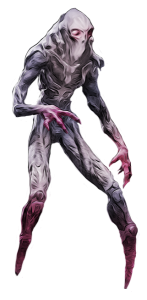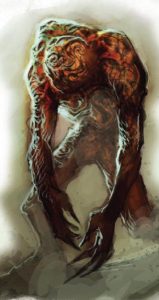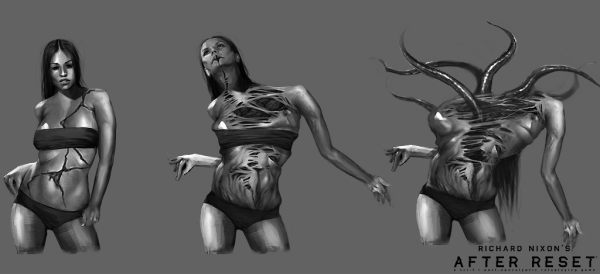I created a new tag for articles named “The Yora Rules” and pinned it to the top of the page. Over the years I developed a number of small mechanics and tweaks to the B/X rules and interpretations of rules that don’t clearly spell out a specific procedure. A big reason behind many of my procedure is to reduce the mental workload on my own brain in regard to how I am personally affected by ADHD. Some of my changes might seem superflous and no more easy or faster than the default rules, but they do work often a lot better with the way my brain works, resulting in a much faster and smoother game. I still think they are more elegant in some ways and could be very useful to anyone.
Some I’ve shared here before and have gotten a quite positive reception, so I thought it might be useful to have them all in one place. Frequently I lay out my entire thought process in excessive detail, which I think might be of interesting to some, but isn’t very useful to just looking up how I do certain things or to share it with other people. A year ago I wrote about how I handle random encounters, but that one’s just a wall of text, so here is the actual mechanics in one simple bit.
Step 1 (Preparation): Roll up groups of Creatures
Consider which areas of wilderness the party will likely travel through, how many random encounters are likely to happen on the way, and which dungeon levels they will be exploring in the next game. Use the respective Wandering Monster tables to roll up the creature type and creature number for as many encounters as you expect you will need and put them in short lists for each area.
Step 2 (Preparation): Roll Surprise for the Creatures
Roll 1d6 for each creature group on the list. On a 1 or 2, mark them as being surprised when the party encounters them.
Step 3: The Players roll for Wandering Monsters
In the Wilderness: Roll a die four times per day spend in the wilderness. One for morning, noon, evening, and night. Roll a d12 for most wilderness, or a d10 or d8 for particularly densely populated areas. If the party is in a dungeon at the time of an indicated random encounter, either ignore it or have the creatures run into the camp outside with the hirelings, mounts, and pack animals.
In a Dungeon: Roll a d12 at the start of every exploration turn. (The total number of encounters will be the same as rolling a d6 every two turns, but you don’t have to remember if you rolled last turn or not.)
Causing Attention: If the party does something to draw attention to them, like causing a big fire in the wilderness or making loud noise in a dungeon (such as fighting), make an extra wandering monster check right then and there. Any creatures allerted that way will arive in the next turn or later, in addition to the regular wandering monster check every turn in a dungeon.
Something always happens on a 1: When the die roll is a 1, a random encounter happens. Tell the players that a 1 means encounter before rolling the die in the open. Or better, let a player roll the die. Show the players plain to see that you didn’t make this encounter happen at a moment in the game that you thought would be fun. You’re not making things hard for them when they are weak, or delay challenges until they are ready for them.
Step 4: Referencing the Prepared Encounter List
I am putting this here as step 4, but actually you don’t need to look at the list at this point. Because you already prepared the list in advanced, you knew the kind of creatures and number of creatures in this encounter and whether they will be surprised or aware since the previous random encounter was completed. This is the reason why I prepare this list in advance. Any time the players are talking among themselves to decide on their next step, I can put some thought on how I would use this group of creature if it is encountered in one of the two or three rooms the players might choose to explore next. I do not have to make something up on the spot right as I roll the die on the wandering monster table, which usually ends up just being “there are X number of Y standing in the middle of the room”, which is boring. Having just a minute or half to think about it without all the players staring at you waiting in anticipation to hear what they just ran into can make a big difference.
Step 5: The Players roll for Surprise
One of the players rolls a d6. On a 1 or 2, the party is surprised. (For some creatures encountered, it’s on a 1 to 3.)
If the players are not surprised but the creatures are, the players have one round to act before the creatures spot them. They can use that round to quickly retreat back around the corner they just passed or move into a nearby suitable hiding spot. If they do, the creatures remain unaware of the party until the players do something to reveal their presence.
Step 6: Roll for Distance
In the Widerness: Creatures that are not surprised spot the other group from 4d6 x 30 feet away. If both groups are surprised, they spot each other at 2d6 x 30 feet.
In a Dungeon: Creatures that are not surprised spot the other group from 2d6 x 10 feet away. If both groups are surprised, they spot each other at 1d6 x 10 feet.
Step 7: The Players make a Raction Roll
If the creatures’ attitude towards the party is not obvious because of circumstances (like mindless undead or guards searching a castle on alert), have the players make a reaction roll.
If the party has been surprised but the creatures are not, roll 2d6 for the reaction roll. (No Charisma modifiers apply.)
If the party is not surprised, one character may greet the creatures. That character rolls 2d6 plus the Charisma bonus to reaction rolls.
2: The creatures start to attack immediately.
3-5: The creatures are hostile. They threaten the party with violence to hand over their treasure, be taken prisoner, or to immediately leave the area, depending on what seems appropriate in that situation.
6-8: The creatures are uncertain and observe what the party does next. After the party has reacted in some way, the character doing the talking makes another reaction roll with a bonus or penalty depending on what was said or done.
9-11: The creatures don’t want trouble. They might ignore the party of leave the area, depending on if they seem to be a threat or not. Intelligent creatures might be cordial but not interested in further interactions beyond common pleasantries.
12+: The creatures are friendly. They might invite the party to their camp or lair, offer useful information, or propose to join forces.
Step 8: Resolve the Encounter
The encounter either ends in a fight or a conversation. (Which might result in a fight later.)
Additional Note: Surprised Parties
There is one kind of encounter situation that the B/X procedure does not enable, and that is creatures spotting the party without being noticed and following them around for a while. When the players make the wandering monster check and it rolls a 1, they know something is there. You can’t tell them “you don’t notice anything”. Also, the players are supposed to roll the reaction roll themselves where they can see it. When that 1 is rolled for wandering monsters, the encounter has to happen now.
This is one of the main reasons I don’t roll up the creatures and their number in the middle of play after a wandering monster check and prepare them in advance instead. Same for rolling their surprise.
If I know I have a creature that would stay hidden if it catches the party by surprise, and that creature will not be surprised itself, then I can spend some thought on what it will do if the party fails their own surprise roll, depending on the reaction roll:
Immediate Attack: The creature has been stalking the party for a while and decides to jump them now, getting a free round to attack before the party can react.
Hostile: The creature decides this is a good moment to confront the party. It’s positioned in a way that is most advantageous to itself and no roll for encounter distance is necessary.
Uncertain: Keep rerolling until you get a different result. The creature has been observing what the players do while it was hiding.
Avoiding Trouble: This is inconvenient since the creature can just escape without the players ever knowing it was there. I guess the best option is to let one player catch a glimpse of it before it disappears, and if the party pursues they won’t find any trail to follow.
Friendly: The creature just comes out in the open to greet the party.
Only the first two really depend on the geometry of the area they are encountered in. If the players end up not being surprised for that encounter, they will run into the creature in the middle of doing whatever it is doing. So there are really just three possible things worth considering in light of the next environment the players decide to enter.

